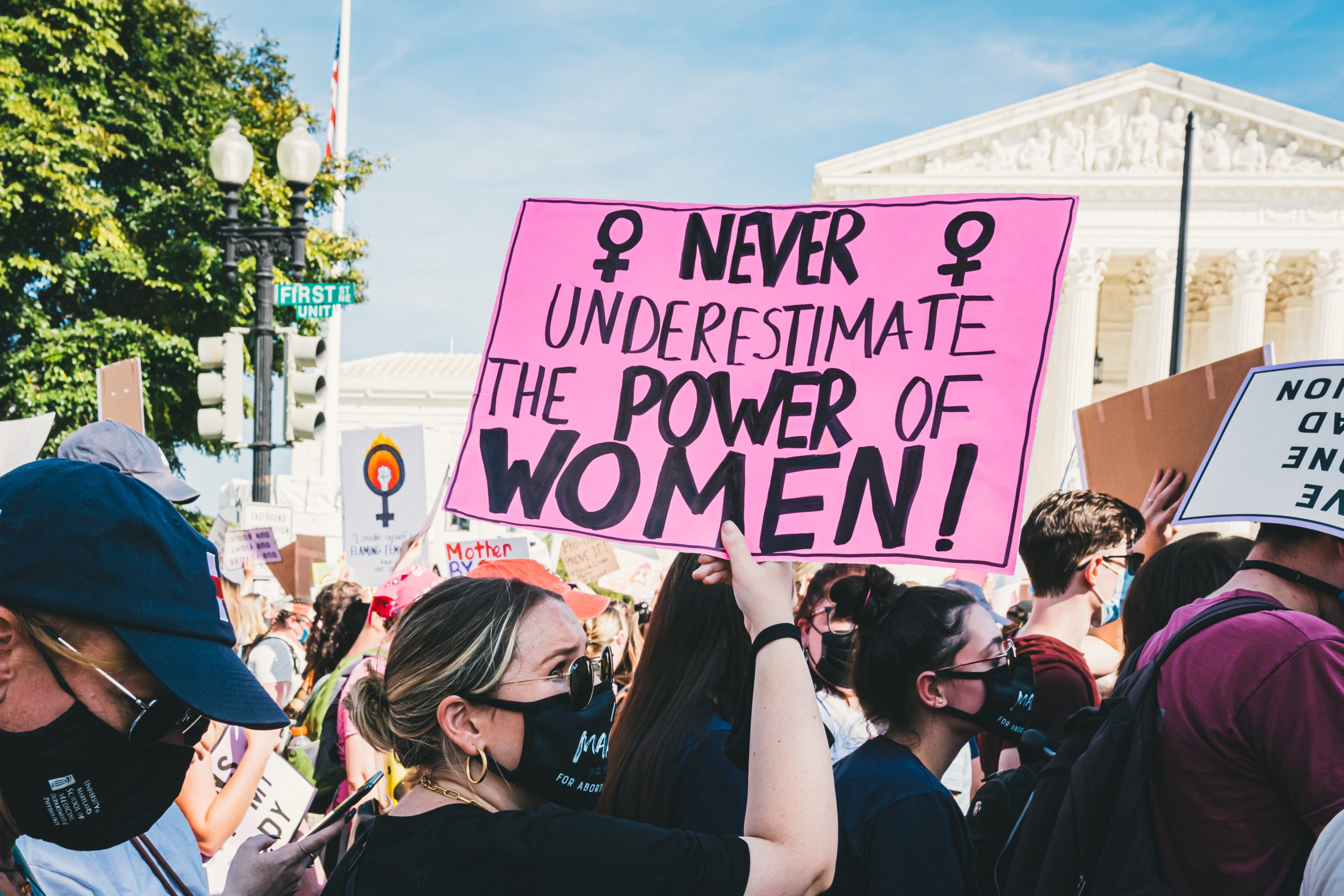“If there is one message that echoes forth from this conference, let it be that human rights are women’s rights and women’s rights are human rights, once and for all.”
Just over twenty years ago, Hillary Clinton stepped up to the podium at the United Nations Fourth World Conference on Women to deliver a speech that highlighted human rights violations around the globe to more than 1,500 delegates.
Today, the idea that human rights and women’s rights are synonymous is far more mainstream than it was, even in 1995. The phrase “Women’s Rights are Human Rights”’ has appeared on t-shirts, posters, and merchandise the world over and, crucially, progress has been made.
The road to equality
In 1995, domestic violence was a crime in just 13 countries; today, it is illegal in more than 100. Women are permitted to own homes, drive cars, and sign contracts in countries where all three were previously outlawed. There are more girls going to school and fewer forced into early marriage. There are increasing numbers of women are serving in parliament and positions of leadership (click to view a list of elected and appointed female heads of state and government compiled by Wikipedia) and laws are being reformed to advance gender equality in the workplace and beyond.
Yet the work of gender equality is nowhere near done. Women still face systemic inequities when compared to their male ‘counterparts’. This year’s International Women’s Day shines a light on this ongoing fight for gender parity – calling on people around the world to imagine a gender-equal world. A world free of bias, stereotypes, and discrimination. A world that is diverse, equitable, and inclusive.
End the Bias
Sadly, this rallying call is needed. The COVID pandemic has hugely impacted progress towards gender equality – from health and the economy, to security and social protection. Women’s unpaid care work increased significantly as a result of school closures and caring for elderly or vulnerable relatives; there has been an increase in violence against women and girls; women’s employment fell globally by 4.2% in 2020 compared with 3% for men. The effects of COVID-19 have delayed the road to equality by almost four decades, according to estimates by the World Economic Forum.
The role of the coaching community
The coaching community – whether focussed on team coaching or coaching individuals – gives both genders an advantage in the workplace, yet women must overcome more obstacles and challenges along the way. Companies stand to benefit from stronger female representation at C-suite level and women must feel empowered to speak up and lead change. There are some fantastic coaches and organisations out there doing amazing and unsung work to improve cultures and change the role and perception of women in business – and in society as a whole. To name but a few Global Warriors, Shine4women, The Women’s party, Climate Change coaches, CRR Global’s Marita Fridjhon and Faith Fuller, the Global Institute for Women Leaders, and many, many more – yet more must be done.






